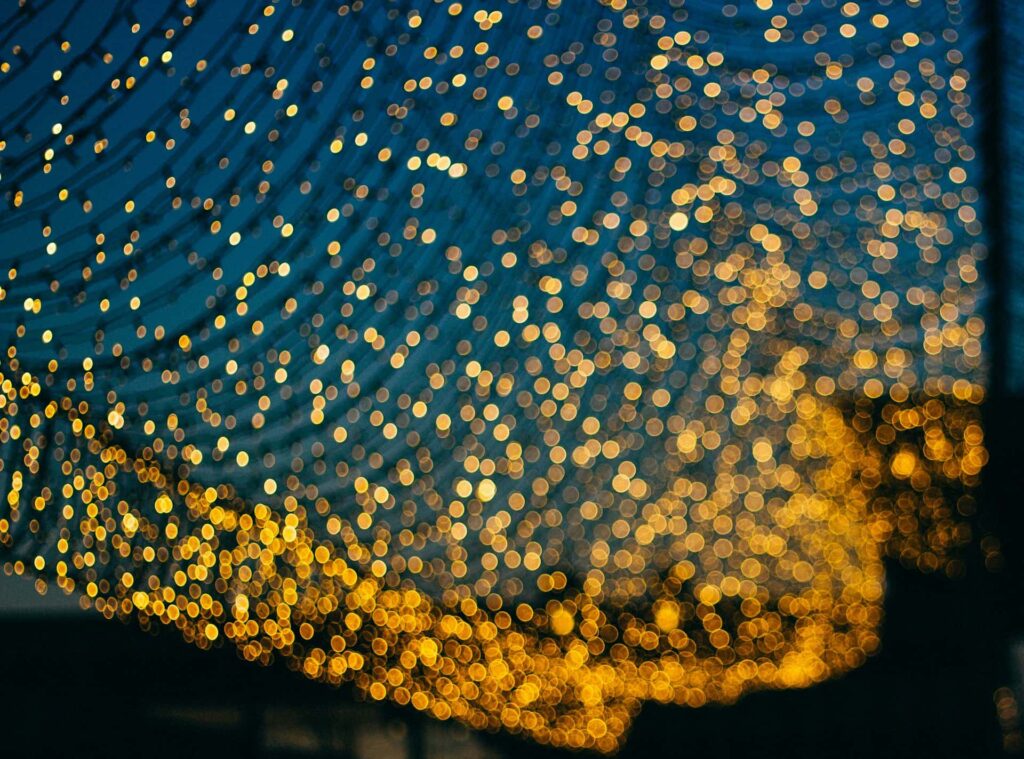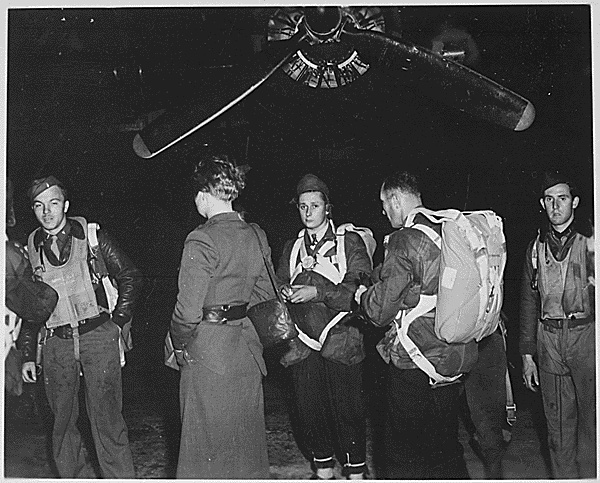“Only in New York” may be a cliché, but only because it’s so true. For Goings On, in our New York-themed centenary issue, we asked staff writers to share some of their favorite spots that can be found . . . only in New York. These are places that are indelibly charming in their specificity—places that you never knew you needed but once you discover you’d be sad if they were gone—often thanks, especially, to the fascinating characters who created them and to the dedicated people who keep them running. Many of these spots are decades in the making, vestiges of another time, insistent on bringing history into the present day; all represent a sense of community that wouldn’t exist without them.
Illustration by Subin Yang
This issue is full of New York City characters; you will find them in pieces from Julian Lucas, on the artist Lorna Simpson, whose latest works were inspired by a meteorite she bought from “some guy upstate”; Ian Frazier, on the toll our city takes on the feet of its iconic pigeons; Lena Dunham, on being an uneasy native; and Molly Fischer, on Keith McNally’s new memoir, detailing the Balthazar restaurateur’s obsession with good lighting, getting the perfect wall color, and dishing on Instagram. In a gorgeous portfolio, Gillian Laub captures New York City power players in their living rooms; as Naomi Fry writes, “even the more modest parlors teem with meaning.”—Shauna Lyon
Local Gems
Photograph by Robert K. Chin / Alamy
New York City is a ghost town of my favorite places, of treasured spots that no longer exist. But next best is a vestige, a vital one, of a community nearly vanished from the neighborhood that it once defined. The charcuterie and specialty shop Schaller & Weber has, since 1937, occupied a storefront on Second Avenue near Eighty-sixth Street, in a part of town that had been predominantly German since the nineteenth century. When I moved there, in 1985, its main streets were still packed with German businesses—restaurants, bakeries, a marzipan shop, even a department store. Since then, the area has become a homogenized part of the Upper East Side, but Schaller & Weber, one of the neighborhood’s few surviving German places, remains a bustling outpost of traditional delicacies. An elder butcher, noting my academic pronunciation of such enticing wares as Lachsschinken and Krakauer Wurst, used to heartily greet me as “junger Mann” whenever I entered the store, and nudged my college German to colloquial speed. He’s long retired, but his colleagues still serve up those treats and others (tongue in aspic, headcheese, double-smoked bacon) along with packaged goods (zwieback, marzipan, jarred fruits) that blend reminiscences of European travels with the gemütlichkeit of home.—Richard Brody
When I told some friends that I wanted to brush up on my French, one of them suggested a church on the Upper East Side. Church? Had my accent lapsed so much that divine intervention was required? Peut-être. Miraculously, Église Française du Saint-Esprit, an Episcopal church founded by Huguenots, has been offering free French classes since 1884. On a recent Sunday morning, I crawled out of bed and made my way to East Sixtieth Street to atone for forgetting the subjunctive tense. The church describes itself as “for Francophones and Francophiles,” and also hosts a book club for language learners. (They last discussed “Amérique,” by Jean Baudrillard, and next will turn to “Les Impatients,” by the Cameroonian author Djaïli Amadou Amal.) My class—led by the church rector, Nigel Massey, a boyish-looking Brit who studied theology at Oxford—was focussed on the subjunctive as used to express uncertainty. Massey provided a timely Easter example: “I will be holding communion until Christ returns to Earth,” he said, with a devilish grin.—Jennifer Wilson
Red Hook keeps its secrets well. The neighborhood is home to Brooklyn’s largest public-housing complex, a Tesla dealership, the only IKEA in the five boroughs, and modern brutalist condos alongside weathered cottages, remnants of the nineteenth-century maritime trade. It’s not easy to get there, which gives the neighborhood a tight-knit, provincial feel. Bene Coopersmith opened Record Shop in 2015. The Google-hostile name makes it a hard place to find, but Coopersmith has attracted a crowd drawn to great music and even better ambience. Old-timers from the neighborhood sit around reading or gossiping, clapping along to whatever music is playing on the system, often at volumes so loud that Coopersmith and his guys have to shout to each other while pricing records. There are two pianos; salvaged art about Robert F. Kennedy; a small, eclectic collection of books curated by Coopersmith’s wife, the writer Sousan Hammad. On some nights, the records are pushed out of the way for raucous improv jazz or noise shows. A set of speakers is always angled toward the street, an invitation to come join the party. In the middle of it all is the playfully gruff Coopersmith, greeting customers with hugs and handshakes, maybe an invitation for some leftover birthday cake. Suddenly, the name makes sense. It’s just a record shop—but it’s the people Coopersmith collects who turn it into a refuge, a community center, a collective dream state, a makeshift town square. A condo went up next door, but the skylight still gets a lot of sun. No matter what, it’s always bright inside.—Hua Hsu
The most carefully caffeinated part of the city is the area where East Williamsburg meets Bushwick. The coffee corridor is ludicrously oversupplied with great java. Start at SEY, a serious but friendly café and roaster that specializes in coffee often described as “bright,” “floral,” or “acidic”—three adjectives that may help explain why this light roasting style remains an acquired taste, and one that is probably best appreciated in a plain cup of drip coffee. (If you prefer milky drinks, you may be happier with the darker, more chocolatey styles that predominate just about everywhere else.) A few blocks across Flushing Avenue lies Dayglow, which is both a café and a retailer, with an unmatched selection of bagged coffee from around the world; the shelves often include fresh offerings from Tanat (in Paris) and Dak (in Amsterdam), adventurous roasters known for delicious and strange coffees, sometimes processed to accentuate intense fruit flavors. Choose wisely, then head northeast, through Maria Hernandez Park, to the local roasting facility of La Cabra, an exacting Danish coffee company that also has a couple of outposts in downtown Manhattan. There is only so much coffee a person can drink in one outing, which is why it’s a good idea to pack a small thermos; fill it with whatever they’re brewing and drink it at home, whenever you feel the jitters subsiding, and the old lethargy returning.—Kelefa Sanneh
Premium IPTV Experience with line4k
Experience the ultimate entertainment with our premium IPTV service. Watch your favorite channels, movies, and sports events in stunning 4K quality. Enjoy seamless streaming with zero buffering and access to over 10,000+ channels worldwide.

















